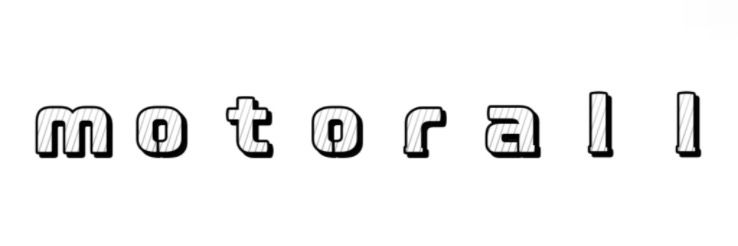Choosing the Right NBR Rubber Parts for Your Sealing Needs
In the world of industrial components, NBR rubber seals are renowned for their exceptional sealing capabilities. However, selecting the right parts can often lead to confusion for end customers. Understanding the essential factors that influence the performance and suitability of NBR rubber parts can help you make informed choices that enhance the efficiency and reliability of your applications.
Understanding NBR Rubber
NBR, or Nitrile Butadiene Rubber, is a synthetic rubber notable for its resistance to oil, fuel, and other chemicals. Its properties make it ideal for applications requiring durable and resilient seals. However, not all NBR parts are created equal. It’s crucial to consider specific factors before making a purchase.
Key Considerations for Selecting NBR Rubber Parts
1. Application Requirements
First and foremost, identify the application in which the NBR rubber parts will be used. Different applications may expose the rubber to varying temperatures, pressures, and chemical environments. Whether it’s for automotive, aerospace, or industrial machinery, understanding the operational context will guide you in selecting the appropriate NBR rubber parts.
2. Temperature Resistance
Each NBR rubber formulation offers distinct temperature ranges that it can withstand. Ensure that the NBR parts you choose can function efficiently within the temperature limits of your application. Low-temperature flexibility and high-temperature stability are critical factors that influence performance.
3. Chemical Compatibility
Considering the chemicals that the NBR parts will come in contact with is vital. NBR exhibits excellent resistance to oils and fuels but may not perform well against certain solvents or concentrated acids. Always refer to compatibility charts and consult with manufacturers to ascertain that your selected rubber parts will not degrade when exposed to specific substances.
Evaluating Quality and Standards
1. Certifications and Compliance
Quality assurance is key to ensuring reliability in your application. Look for NBR rubber parts that comply with industry standards such as ISO, ASTM, and FDA certifications. These certifications affirm the quality and safety of the materials used, thus enhancing the likelihood of a successful seal.
2. Manufacturer Reputation
Selecting a reputable manufacturer can significantly impact your experience. Research manufacturers who specialize in NBR rubber parts and have proven track records in quality, customer service, and technical support. Established manufacturers often provide guarantees and have resources to assist with any potential issues.
Installation and Maintenance Best Practices
1. Proper Installation Techniques
Proper installation is crucial for optimal performance. Ensure that the NBR rubber parts are fitted correctly and that surfaces are clean and free from contaminants. Improper installation may lead to leaks or premature wear and tear.
2. Regular Inspections and Maintenance
To prolong the lifespan of your NBR rubber seals, implement a regular inspection and maintenance schedule. Check for signs of wear, such as cracking or hardening, and replace parts as necessary before leaks occur. By maintaining your sealing components, you can avert costly downtimes and ensure the reliability of your operations.
Conclusion
Selecting the right NBR rubber parts for sealing is an integral part of ensuring the efficiency and reliability of your machinery or equipment. By assessing application requirements, temperature resistance, chemical compatibility, and manufacturer reputation, you can make informed decisions that will provide long-lasting solutions. Remember, investing time in the right selection process can save you significant costs and enhance your operational success.

Comments
Please Join Us to post.
0